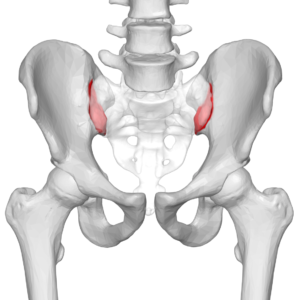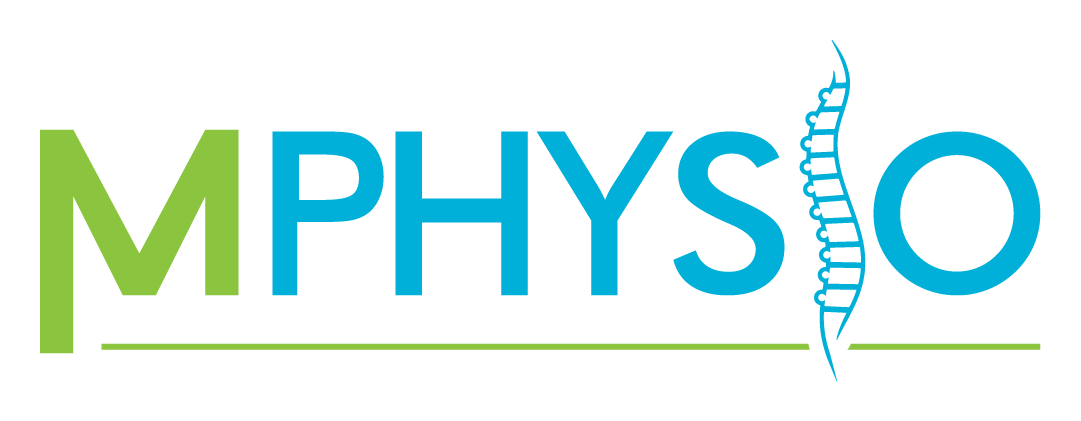Blog
What is Sacroiliac Joint Pain?

The sacroiliac joint links your lumbar spine and your pelvis, and dysfunction in this area can be extremely painful and debilitating.
What is the SIJ?
The sacroiliac joint or SIJ is made up of the articulation between the sacrum (part of the spine that joins to the tailbone) and the ilium (part of the pelvic bone), and are largely responsible for weight bearing and force transfer through the lower limbs into the spine. Not much movement occurs at this joint, meaning that a small decrease or increase in movement available can make a significant difference in functionality. Motion tends to decrease with age, and increases with pregnancy. Overall, women tend to have more movement at the SIJ to allow for childbirth. To prevent excessive movement, there are posterior and anterior thick, fibrous ligaments that are very effective in restricting movement.
What causes pain at the SIJ?
Pain at the SIJ is normally worse with standing, particularly on 1 leg, going up and down stairs. It may also be painful to sit cross-legged and lying on the painful side for too long is aggravating. Normally, pain is relieved by lying down.
The two main causes of pain are joint hypomobility (stiffness/ reduced movement) and joint hypermobility (excessive movement). Hypermobility tends to be more common.
Hypomobility is normally associated with a deformity or underlying condition such as ankylosing spondylitis.
Hypermobility can occur due to weak muscles, trauma or ligamentous laxity (this normally is due to a fluctuation in hormones, and is most common in women). The SIJ is surrounded by several groups of deep stabilising muscle groups such as the core, and deep gluteal muscles, and weakness in any one of these muscles or muscle groups can largely contribute to excessive movement and thus the pain and dysfunction that follows.
- Core – transversus abdominus and oblique activation has been shown to improve SIJ stability
- Deep gluteals – weakness may be found in gluteus medius, maximus or minimus, as well as some of the smaller gluteal muscles including piriformis, superior and inferior gemellus, and obturator internus
How can we treat SIJ pain and dysfunction?
Exercise! As mentioned above, muscle weakness is a large contributor towards the pain and dysfunction occurring at the SIJ. Once pain has been addressed via anti-inflammatory medication and use of heat/ice where applicable, focus should turn to exercise to activate and strengthen the muscles that will help to improve stability and restrict movement at the joint.
Exercises will be specifically targeted to the muscles that are identified to be weak, as well as general advice given on lifestyle modifications and prevention of recurrence.
Alongside strengthening, stretching and deep tissue massage may help to relieve some of the muscular imbalances which can often have an almost immediate impact on improving pain and dysfunction.
Examples of some SIJ exercises include:
- TA activation exercise
- Bridge
- Birddog
- Resisted hip extension
- Side-lying hip adduction (isometric)
If you are or know someone who is suffering from SIJ pain, please contact us ono 1800 992 999 or email [email protected] to book an appointment for diagnosis and initial assessment today! Alternatively, if you have any questions regarding the above information, please get in touch!
References:
https://physioworks.com.au/injuries-conditions-1/sacroiliac-joint-pain
https://si-bone.com/si-joint-faqs/what-is-the-si-joint
Richardson, C., Snijders, C., Hides, J., Damen, L., Pas, M., & Storm, J. (2002). The Relationship Between the Transversus Abdominis Muscles, Sacroiliac Joint Mechanics, and Low Back Pain. Spine, 27(4), 399-405. doi: 10.1097/00007632-200202150-00015
